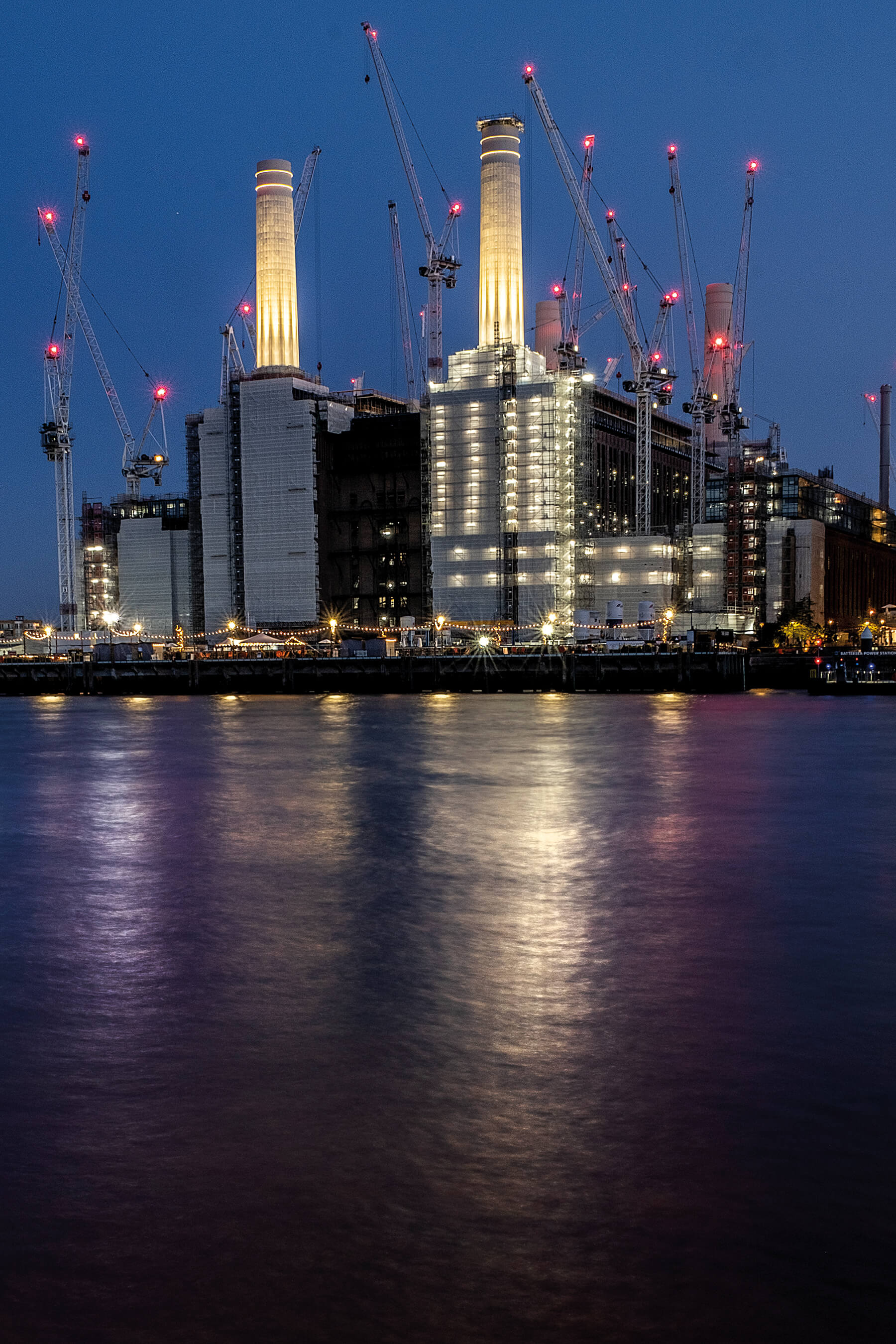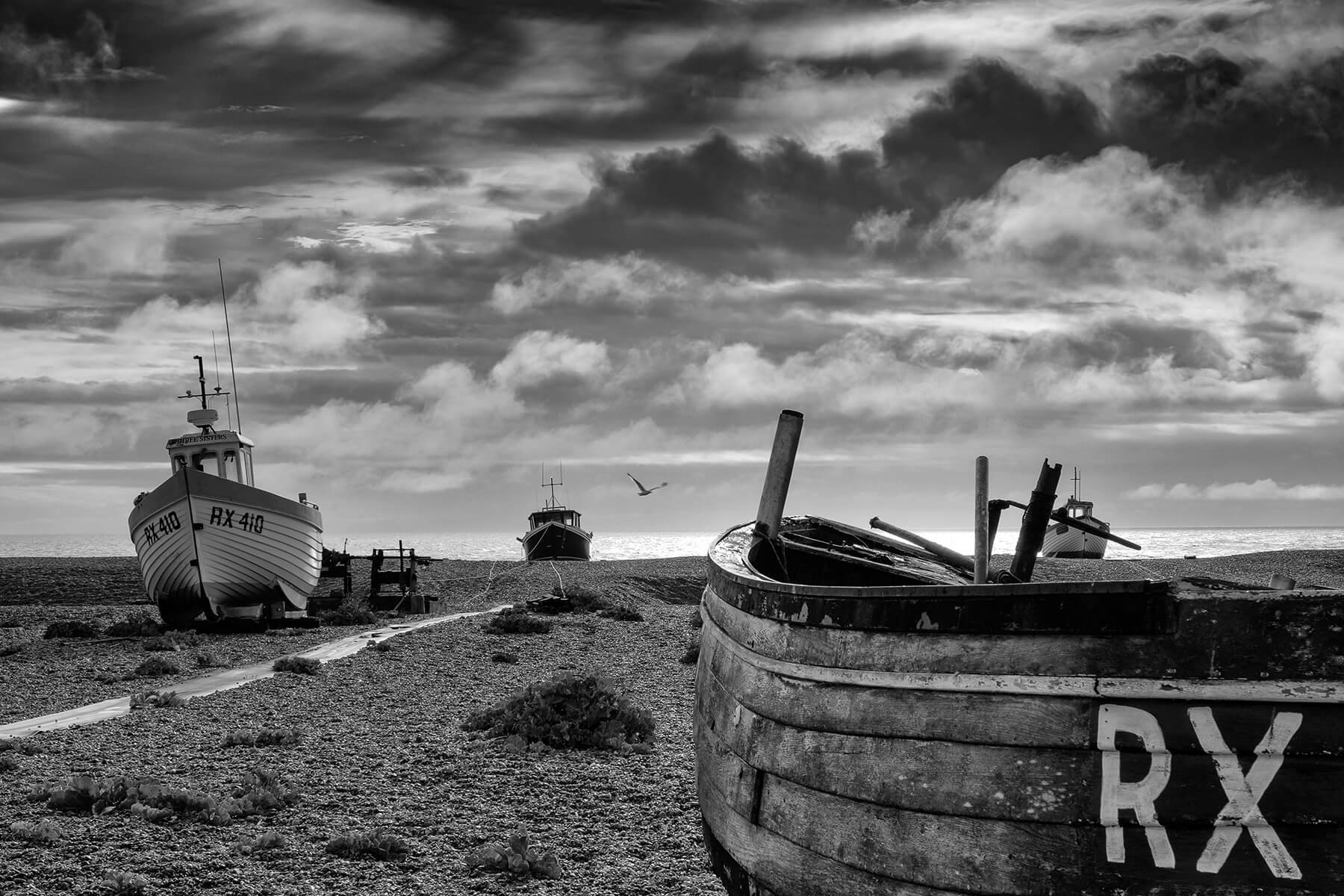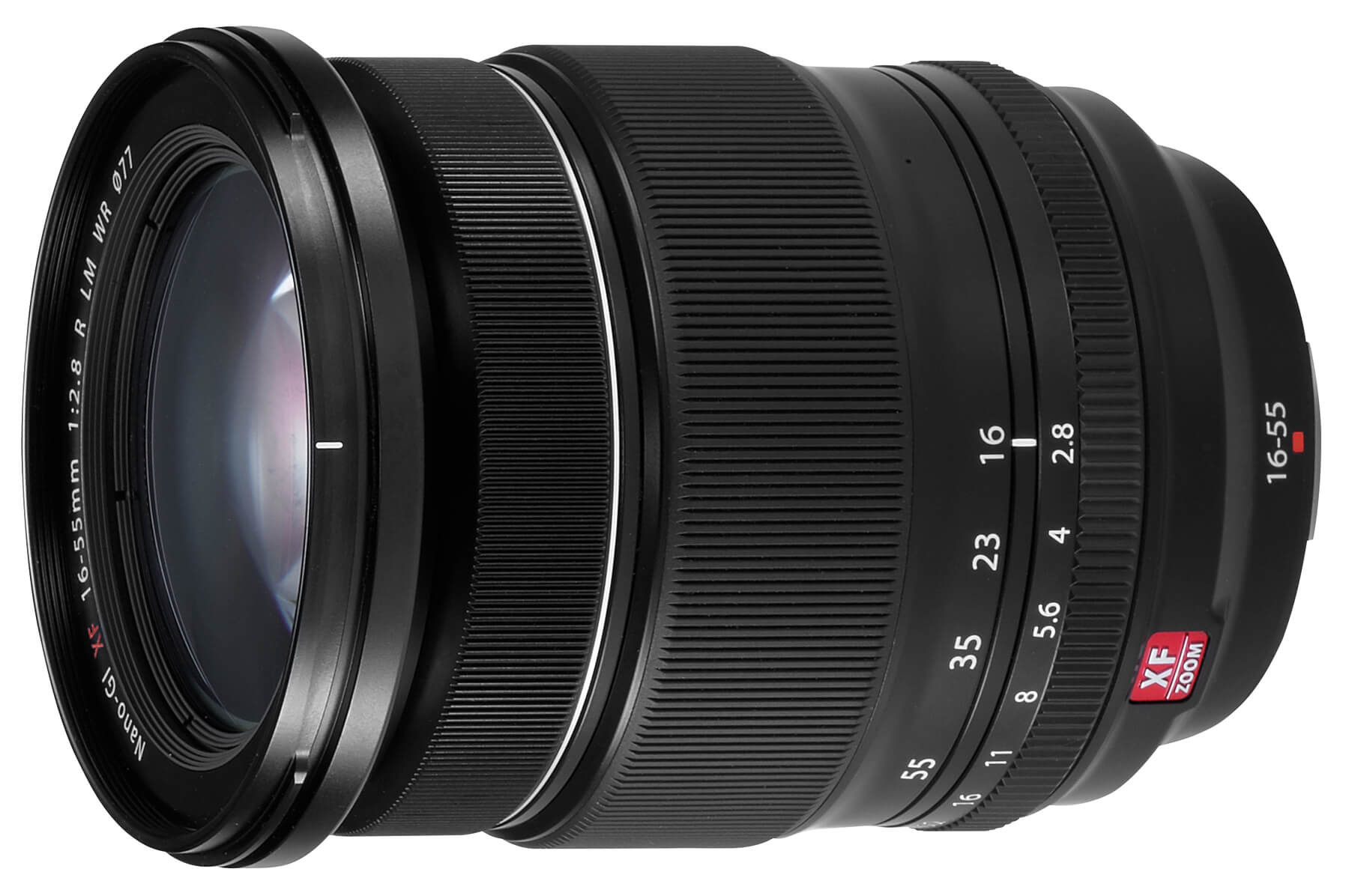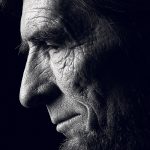
Travel photographer Miguel De Freitas takes the Fujifilm X-T3 for a spin – Make the Switch
Posted on Oct 17, 2019
Miguel de Freitas swapped his Canon EOS 6D for the Fujifilm X-T3 for two weeks. Find out his thoughts and how he feels on making the switch…
SPONSORED BY FUJIFILM
One of the first photos I ever took was of a baby turtle that had just hatched on our local beach close to where I spent my childhood. I still have that photo. The camera, however, has long since disappeared – it was a compact film camera with a permanent auto setting that required manual winding of the film every time a photo was taken. Years later, after graduating from university and having developed a keen interest in travel, I took to photography once more, but this time in a world where digital technology was becoming a presence in most homes. For me, photography was more than just taking a picture, it was about telling a story – my story, about my travels and the things I had experienced. I wanted to give people a sense of what it was like being there, and over time this grew into a passion of mine; the travelling inspired the photography and the photography inspired the travelling. I purchased my first SLR just over ten years ago, having decided the compact camera I had wasn’t doing justice to what I was shooting. Today, I shoot with a Canon EOS 6D and generally carry with me a couple of lenses: Canon EF 70-300mm f/4-5.6 L for wildlife and sport shots, 16-35mm f/4 L for landscapes, and a 24-105mm f/4 L as my general walk-around lens that caters for most requirements. As a travel photographer who enjoys shooting a wide range of genres, these lenses have generally served me well.

Over the past year or two, I’ve noticed more talk around mirrorless cameras and their growing popularity among photographers. The write-ups on the evolving technology and developments in this space have fascinated me. So, one day, while sitting in my local camera club reading a copy of Photography News, the opportunity to try out Fujifilm’s mirrorless cameras presented itself and I couldn’t resist. I was thrilled when I received news that I had been selected and immediately began preparing. Based in London and only a quick drive from the Kent countryside, I planned for my shoots to include landscape and urban scenes, to get a feel of how well this camera is geared towards travel photography.

I had read recently that Fujifilm’s X-T3 camera was rated one of the top five mirrorless cameras in 2019 so, for me, it was an easy decision as to which camera I would pick. The X-T3 has a cropped sensor and, while my current camera is full-frame, I did own a Canon EOS 7D before moving to my current set-up, so cropped-frame wasn’t going to be unfamiliar territory for me. To go with the X-T3, I picked the Fujifilm XF16-55mm f/2.8 R LM WR and XF100-400mm f/4.5-5.6 R LM OIS WR lenses. The 16-55mm makes for a perfect walk-around lens with the given focal range, and it is a fast lens – ideal for those late afternoon low-light conditions when shooting after work. The XF100-400mm is a beast; it’s never easy shooting on the far end of this range and I wanted to see how the mirrorless camera was going to hold up. On my very first outing, I stopped not too far from where I had set off to check that I had definitely packed the 400mm lens. The difference in weight to my standard kit is certainly noticeable, so that’s a bonus for those of us who like to travel light.
The first thing that struck me was the layout of buttons on the X-T3, different from that of my current camera, with a large left dial controlling ISO and right dial controlling shutter speed. It took me a while to find the control for aperture setting, and that’s because it’s not where you would expect it to be. Cleverly located on the lens itself, the aperture is controlled in the same way that focal range is; a simple twist left for wide aperture and vice versa. This meant that after very little time using the camera, I could adjust ISO, shutter speed and aperture using the three large controls without having to take my eye off the viewfinder. I always shoot in manual mode so I found this to be a huge plus – valuable in those quick-snapping street scenes. The electronic viewfinder certainly offers a unique experience, very different to that of standard DSLRs, but this – together with the flip screen – makes for perfect composition and exposure. While I did notice an occasional lag with the viewfinder in low light conditions, the real-time picture view displaying what the image will look like is excellent. I rarely had to retake a shot, as I do with my camera when I realise I have misjudged the light and ended up with a photo that is almost blown out white or heavily shadowed. Not the case with mirrorless technology. What you see on the screen and EVF of the X-T3 is what you will get on the image, which is hugely helpful when using ND grad filters in long exposure shots – I never once had to resort to my app, which calculates the amount of time required on shutter speed setting.
 Next up is the much talked-about speed burst boasted by mirrorless technology, and boy is it something to boast about. It is spectacularly fast and perfect for those fast-moving action shots you would typically encounter with sport and wildlife. On the landscapes, the wide end of the XF16-55mm was excellent: very sharp, no barrel distortion and no vignette. The one thing that absolutely impressed me was the true-to-life colour of the images – the white-balance on this camera is world class, but whether that is a product of mirrorless technology or the quality of the sensor itself (or both), I do not know. It is definitely noticeable and warrants a mention. The autofocus system is also a favourite of mine: lightning-quick autofocus over a plethora of focal points makes light work of most scenes, even the low-light conditions of some of my dusk shots were easy going for this camera.
Next up is the much talked-about speed burst boasted by mirrorless technology, and boy is it something to boast about. It is spectacularly fast and perfect for those fast-moving action shots you would typically encounter with sport and wildlife. On the landscapes, the wide end of the XF16-55mm was excellent: very sharp, no barrel distortion and no vignette. The one thing that absolutely impressed me was the true-to-life colour of the images – the white-balance on this camera is world class, but whether that is a product of mirrorless technology or the quality of the sensor itself (or both), I do not know. It is definitely noticeable and warrants a mention. The autofocus system is also a favourite of mine: lightning-quick autofocus over a plethora of focal points makes light work of most scenes, even the low-light conditions of some of my dusk shots were easy going for this camera.
 There was the odd occasion, when shooting landscapes, where I found myself missing the extra width I get with a full-frame camera, because of the 1.5x crop of the APS-C sensor, so given another chance I would have a go with Fujifilm’s XF8-16mm lens to get that extra-wide angle. On the whole, this is a small camera that packs a huge punch. Using the Fujifilm X-T3 over the past two weeks, I have found my number of ‘throw away’ images decreased significantly as I was getting the image right the first time thanks to the true-to-life display of the EVF. This of course means less time spent having to sort through a memory card full of duplicate images. The near-perfect white-balance of each shot was also a huge change for me – hardly any time spent having to adjust this in post-processing. Add to that the sharpness of those lenses, and the end result is a powerful image that skips a large chunk of the post-processing stage. For anyone in the market for a lightweight, super responsive and very quick camera that produces impeccable, colour-accurate images, the Fujifilm X-T3 is an investment worth considering.
There was the odd occasion, when shooting landscapes, where I found myself missing the extra width I get with a full-frame camera, because of the 1.5x crop of the APS-C sensor, so given another chance I would have a go with Fujifilm’s XF8-16mm lens to get that extra-wide angle. On the whole, this is a small camera that packs a huge punch. Using the Fujifilm X-T3 over the past two weeks, I have found my number of ‘throw away’ images decreased significantly as I was getting the image right the first time thanks to the true-to-life display of the EVF. This of course means less time spent having to sort through a memory card full of duplicate images. The near-perfect white-balance of each shot was also a huge change for me – hardly any time spent having to adjust this in post-processing. Add to that the sharpness of those lenses, and the end result is a powerful image that skips a large chunk of the post-processing stage. For anyone in the market for a lightweight, super responsive and very quick camera that produces impeccable, colour-accurate images, the Fujifilm X-T3 is an investment worth considering.
The kit Miguel used
X-T3
The Fujifilm X-T3 features a 26-megapixel CMOS 4 sensor and an X-Processor 4 to provide exceptional image quality. It also has a 3.69 million dot high-resolution EVF with a lag time of just 0.005 seconds, a super-fast autofocus and is capable of recording 4K video footage.

XF16-55mm f/2.8 R LM WR
This weather-resistant zoom lens is ideal for a range of subjects and offers a 35mm equivalent focal length of 24-84mm, plus edge-to-edge sharpness across its zoom range.

XF100-400mm f/4.5-5.6 R LM OIS WR
This super telephoto zoom lens is great for shooting subjects in the distance, such as sport or wildlife, and features a five-stop image stabilisation. It’s also water and dust resistant, and features a speedy autofocus to capture fast-moving subjects.

Get involved
If you’re looking to make the switch to Fujifilm and want to be featured in Photography News, click here, fill out the form and you could be selected to borrow a Fujifilm camera and two lenses for up to two weeks, free of charge! Terms and conditions apply and can be found here.








